
The physics of the “hardest move” in ballet (in TED-Ed GIFs)

In the third act of “Swan Lake”, the Black Swan pulls off a seemingly endless series of turns, bobbing up and down on one pointed foot and spinning around and around and around … thirty-two times. It’s one of the toughest sequences in ballet, and for those thirty seconds or so, she’s like a human top in perpetual motion. Those spectacular turns are called fouettés, which means “whipped” in French, describing the dancer’s incredible ability to whip around without stopping. Below, Arleen Sugano explains the physics of this famous ballet move.
The dancer starts the fouetté by pushing off with her foot to generate torque. But the hard part is maintaining the rotation. As she turns, friction between her pointe shoe and the floor, and somewhat between her body and the air, reduces her momentum. So how does she keep turning? Between each turn, the dancer pauses for a split second and faces the audience. Her supporting foot flattens, and then twists as it rises back onto pointe, pushing against the floor to generate a tiny amount of new torque.
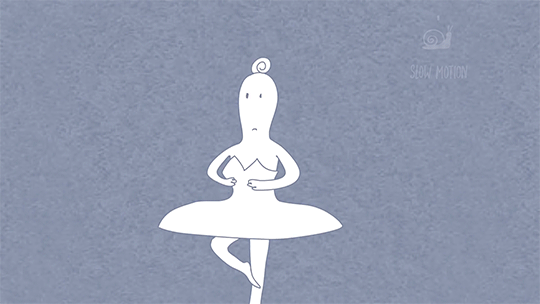
At the same time, her arms sweep open to help her keep her balance. The turns are most effective if her center of gravity stays constant, and a skilled dancer will be able to keep her turning axis vertical.
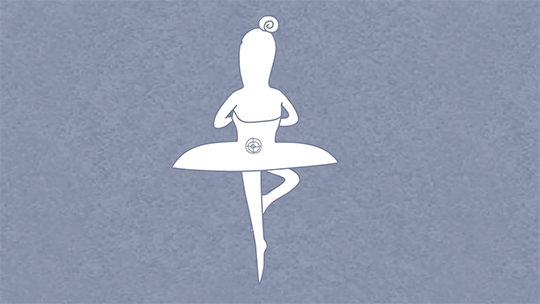
The extended arms and torque-generating foot both help drive the fouetté. But the real secret and the reason you hardly notice the pause is that her other leg never stops moving. During her momentary pause, the dancer’s elevated leg straightens and moves from the front to the side, before it folds back into her knee.
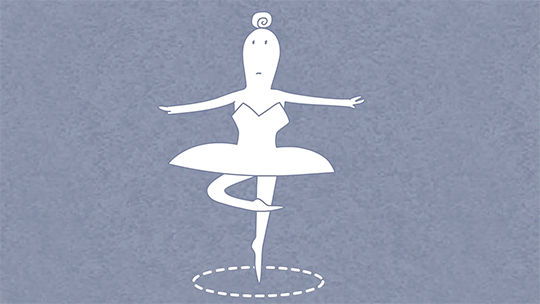
By staying in motion, that leg is storing some of the momentum of the turn. When the leg comes back in towards the body, that stored momentum gets transferred back to the dancer’s body, propelling her around as she rises back onto pointe.
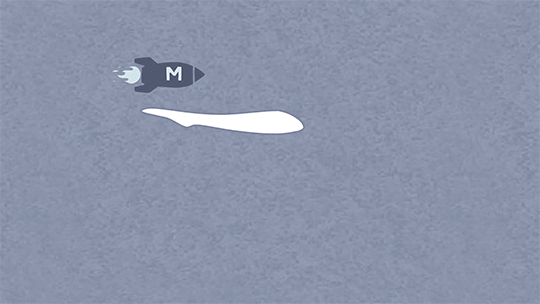
As the ballerina extends and retracts her leg with each turn, momentum travels back and forth between leg and body, keeping her in motion.

In Tchaikovsky’s ballet, the Black Swan is a sorceress, and her 32 captivating fouettés do seem almost supernatural. But it’s not magic that makes them possible. It’s physics.
Animation by Dancing Line Productions/TED-Ed
To learn something new every week, sign up for the TED-Ed Newsletter here >>


